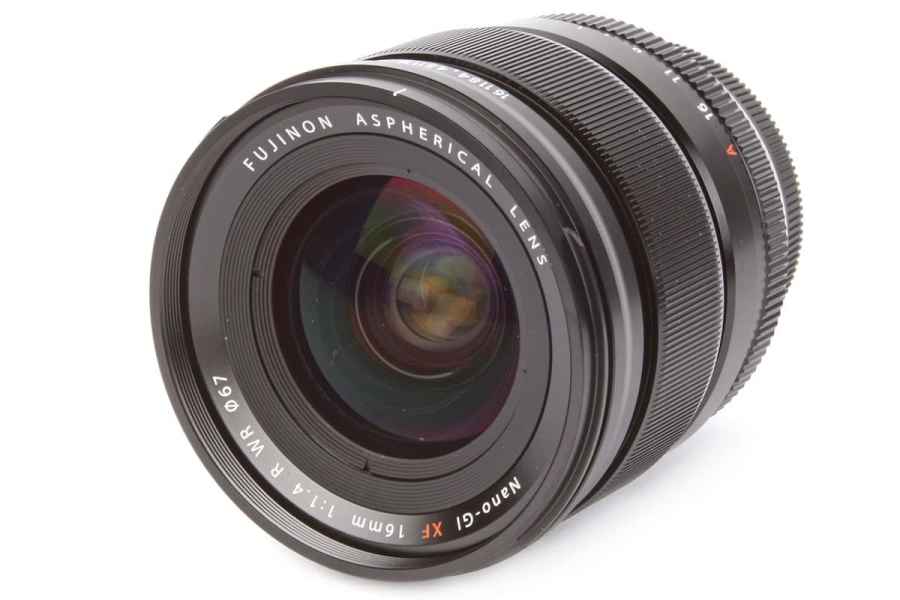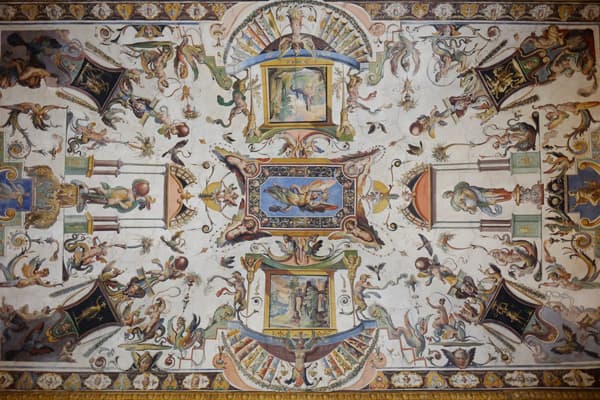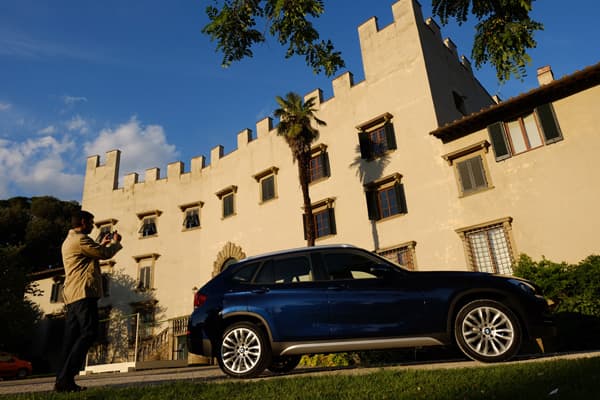Fujifilm XF 16mm f/1.4 R WR Review: Introduction
Since the launch of Micro Four Thirds by Olympus and Panasonic in 2008, every other major camera manufacturer has come up with its own mirrorless camera system. With this proliferation of new mounts for compact system cameras, though, comes a need for new lens ranges to match.
Different companies have naturally had different approaches and emphases on building up their own systems, but Fujifilm has been arguably the most focused. It has made the decision to concentrate unashamedly on the higher end of the market, catering specifically to enthusiast and professional photographers who are most likely to build up an extensive lens system.
It has also made the decision to work purely with the APS-C sensor format and choose focal lengths optimised for it, rather than simply reusing ones familiar from the days of 35mm film. The result has been an impressive range of high-quality zooms and primes, with the 16mm f/1.4 the latest addition to the X-system arsenal.

With its 24mm equivalant view, the 16mm is great for scenic photography. In this shot, I partially corrected converging verticals in post processing
With an angle of view equivalent to that of a 24mm lens on full-frame, this lens offers a wideangle perspective that should interest landscape and architectural photographers. The impressively fast maximum aperture is appealing for hand-held low-light work, allowing the use of lower ISOs than would otherwise be possible. It also gives potential for selective focus effects, giving a depth of field roughly equivalent to that of an f/2 lens on full-frame. This combination of wide angle and fast aperture is currently unique for a CSC lens.
Fujinon XF 16mm f/1.4 R WR Review: Features
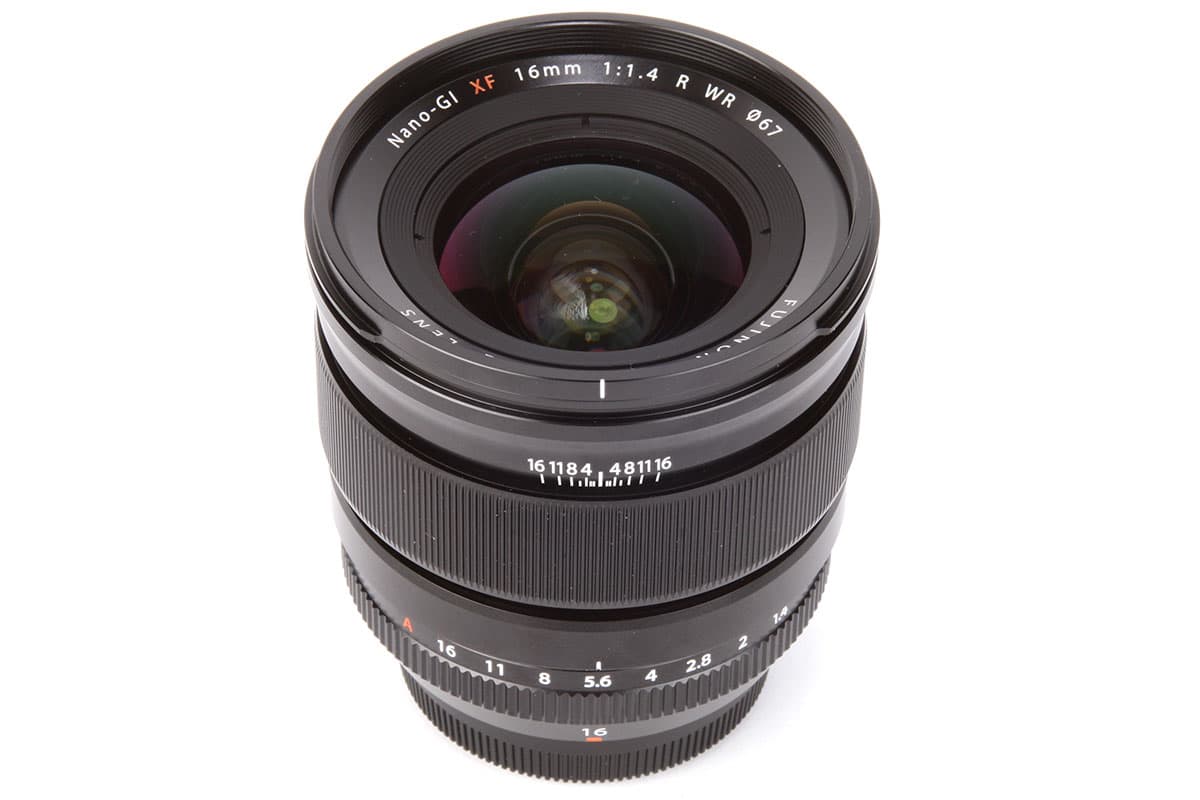
The Fujinon XF 16mm f/1.4R WR has a 67mm filter thread
The XF 16mm f/1.4 R WR employs an optical formula of 13 elements in 11 groups, including two aspherical elements and two extra-low dispersion (ED) glass elements, which together are designed to minimise distortion and chromatic aberration. Fujifilm’s Nano GI coating is applied to the inside surface of the front element to combat flare and ghosting, along with HT-EBC (high transmittance electron beam coating) on other glass surfaces.
The ‘R’ in the lens name denotes that, like most of the Fujinon lens range, it includes an aperture ring. This has markings from f/1.4 to f/16 in full stop increments, and click stops at intermediate one-third stop steps. An ‘A’ position passes aperture control to the camera’s automated systems in ‘program’ or ‘shutter priority’ mode.
The large focus ring behaves in the same way as those on Fujifilm’s existing 14mm f/2.8 and 23mm f/1.4 primes. In its forward position the lens is in autofocus mode and the focus ring is locked from moving. Pull the ring back towards the camera and it engages manual focus, exposing a distance scale in the process. There’s also a depth of field scale on the barrel, but its markings are so closely spaced compared to the sparsely labelled distance scale, that it’s of little practical use. The minimum focus distance is a mere 15cm, and a floating focus system is employed to maintain good image quality through the full focal range.
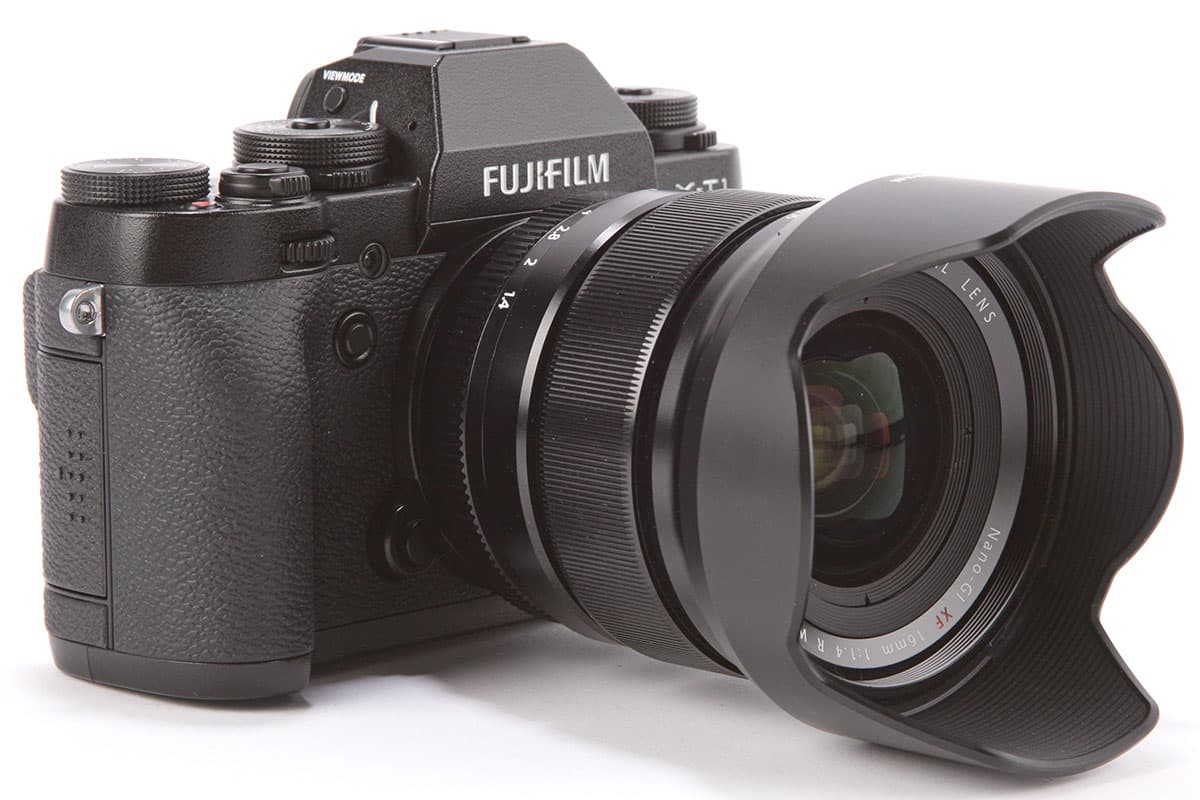
A large petal-shaped hood is supplied with the lens
For the first time on a Fujifilm prime lens the ‘WR’ suffix is used, denoting weather resistance. The lens has nine seals to protect against dust and water, including one around the bayonet mount. The lens is also freeze-proof and usable at temperatures as low as -10°C at least.
Filters can be attached using 67mm thread; this does not rotate on focusing, making it easy to use with polarisers and neutral density gradient filters that are popular for landscape photography.
A bayonet-fit, plastic petal-type lens hood comes as standard and can be stored in the reverse position when not in use. An optional cylindrical metal hood with a rectangular baffled cut-out, the LH-X16, is due to appear in September 2015.
Fujinon XF 16mm f/1.4 R WR Review: Build and handling
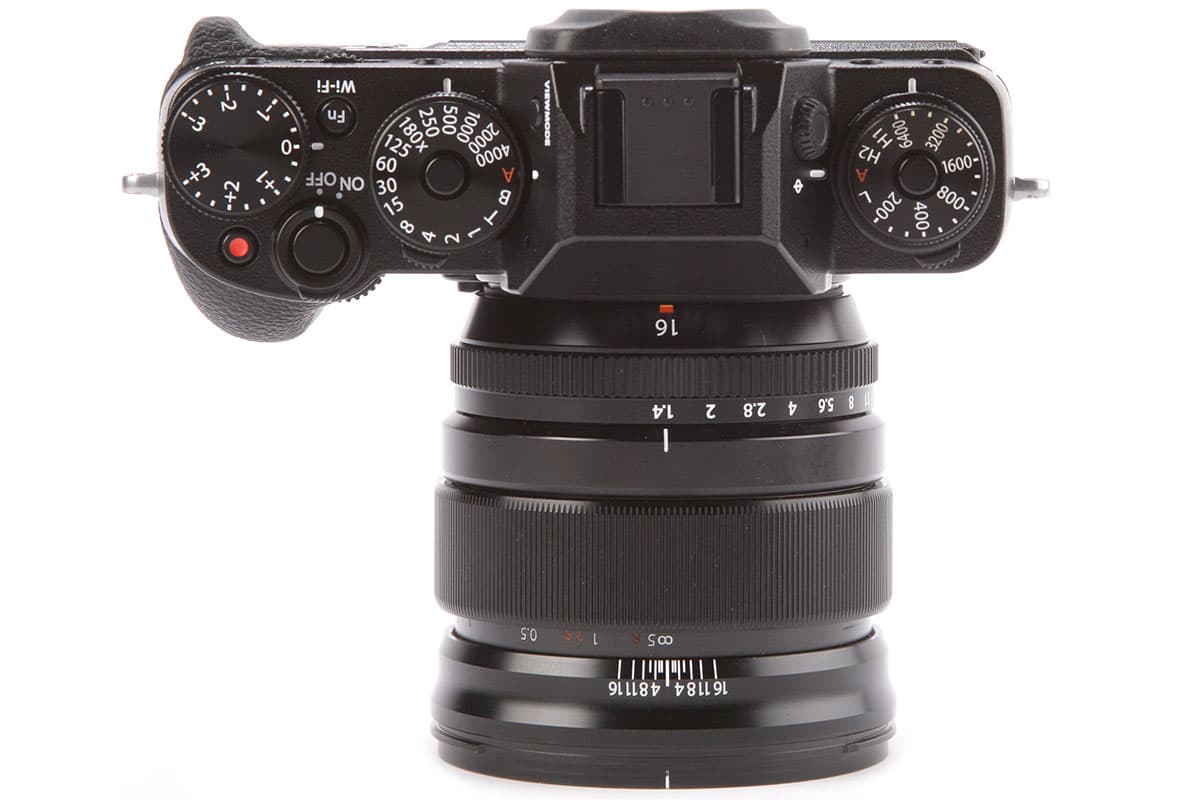
The 16mm is one of Fujifilm’s larger primes, but not disproportionate on the X-T1
With its predominantly metal-barrelled construction, the 16mm feels like a top quality piece of kit. In terms of design it’s very similar to Fujifilm’s other fast primes, in particular the 23mm f/1.4, although when it comes to size and weight it’s closer to the 56mm f/1.2. Most of the barrel is taken up by the broad focus ring and the slimmer aperture ring, which are separated by a prominent fixed section that provides a positive grip when changing lenses.
The manual focus ring is one of the better examples of its type, driving manual focus electronically while giving a reasonably good impression of a traditional mechanical design. It rotates smoothly between its infinity and minimum focus end stops, engaging your chosen focus aid in the process.
I’m less pleased with the aperture ring, which has extremely loose click stops making it easy to move inadvertently. This isn’t quite as problematic as it might sound, as you can always see the current aperture setting in the viewfinder, but I’d prefer more positive click stops nonetheless.
For X-Pro1 users it’s worth noting that the 16mm will protrude a huge amount into the lower right area of the optical viewfinder, especially with a hood attached. As with the 14mm f/2.8 and the 10-24mm f/4 zoom, it’s best to use the electronic viewfinder so you can see the entire scene.
Autofocus

Pulling the focus ring towards the camera enters manual focus mode and reveals a distance scale
With a coreless DC motor driving autofocus, the 16mm isn’t quite the fastest-focusing lens in Fujifilm’s range, but for the kinds of subjects it’s most likely to be used for it’s more than capable. Likewise, while the linear motors used in the company’s top-end zoom lenses are practically inaudible, the 16mm’s AF is merely very quiet indeed. However, only the photographer is likely to be able to hear it and when paired with the silent electronic shutter on the X-T1 and X-T10, it should be possible to shoot in quiet environments with impunity.
In terms of accuracy, as we’ve come to expect from mirrorless systems that determine correct focus using the main imaging sensor, there’s absolutely nothing to complain about. The only caveat is that it’s necessary to ensure that the AF area is aligned exactly with your desired point of focus. When shooting wide open, I also found it pays to select the smallest AF area the camera will use, for the best possible precision.
One useful trick worth knowing is that if the lens’s focus ring is pulled forwards but the camera’s focus mode switch is set to manual, autofocus can then be acquired using the AFL button. This can be helpful when you wish to prefocus on your subject and minimise any possible shutter lag.
Fujinon XF 16mm f/1.4 R WR Review: Image quality
Fujifilm’s XF lens range has gained a strong reputation for image quality, and the XF 16mm f/1.4 R WR continues in the same vein. Indeed the lens is a spectacularly good performer, giving impressively sharp images. The extreme edges and corners of the frame are just a little soft at large apertures, but this is likely only to be visible in relatively large prints (12x16in or A3+), and even then shouldn’t detract from a strong subject. Stop down to normal working apertures of f/5.6–f/8, and the lens is critically sharp across the entire frame.
Vignetting is low, and compensated by Fujifilm in JPEG processing. Distortion is practically invisible, and unlike many other CSC lenses, this is achieved by purely optical correction, rather than software correction.
Colour fringing in the corners of the frame due to lateral chromatic aberration is extremely low, but some blue or purple fringing can be seen around extremely high-contrast edges (for example, window frames when shooting interiors) while working at large apertures.
If the lens has any kind of weak point, it’s flare when shooting with the sun in, or just outside, the frame. At large apertures veiling flare can reduce contrast nearby, and at small apertures strong multi-coloured patterns can start to appear across much of the frame. Any such problems can usually be seen in the viewfinder before shooting, but there’s little you can do about them.
When working at large apertures, the lens generally renders defocused backgrounds quite smoothly and attractively. This may not be something that’s important for every shot with a wideangle lens, but for certain types of photography such as environmental portraiture, it’s a very welcome trait.
Fujinon XF 16mm f/1.4 R WR Review: Test results
Resolution
Sharpness is very good in the centre of the image wide open, and the corners aren’t too far behind. Stop down to just f/2.8 and the corners now match the centre. Our MTF measurements then barely change before diffraction sets in at f/11, suggesting there’s plenty in reserve for higher-resolution sensors. The camera used for these tests was the 16MP X-A1, as its Bayer sensor is more tractable for lens testing.

Fujifilm Fujinon XF 16mm f/1.4 R WR MTF at f/1.4

Fujifilm Fujinon XF 16mm f/1.4 R WR MTF at f/2

Fujifilm Fujinon XF 16mm f/1.4 R WR MTF at f/2.8
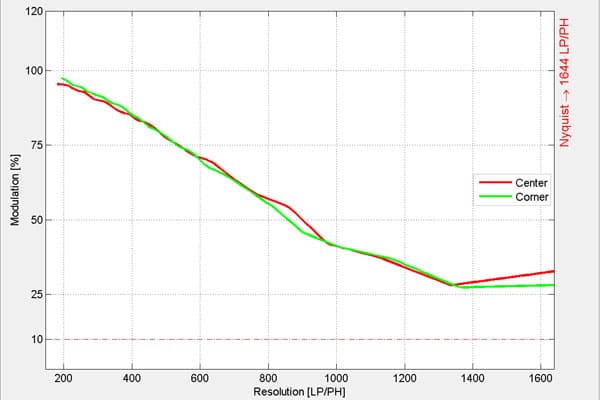
Fujifilm Fujinon XF 16mm f/1.4 R WR MTF at f/4

Fujifilm Fujinon XF 16mm f/1.4 R WR MTF at f/5.6
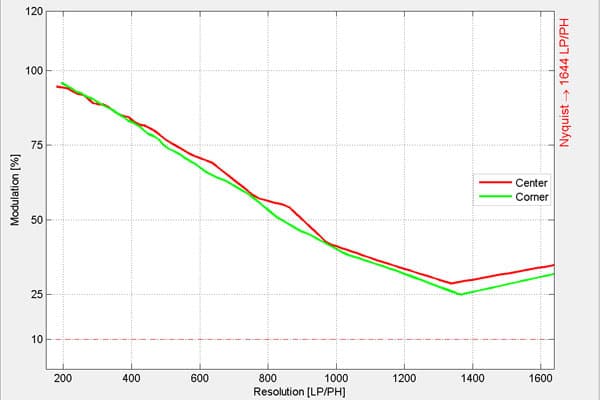
Fujifilm Fujinon XF 16mm f/1.4 R WR MTF at f/8

Fujifilm Fujinon XF 16mm f/1.4 R WR MTF at f/11
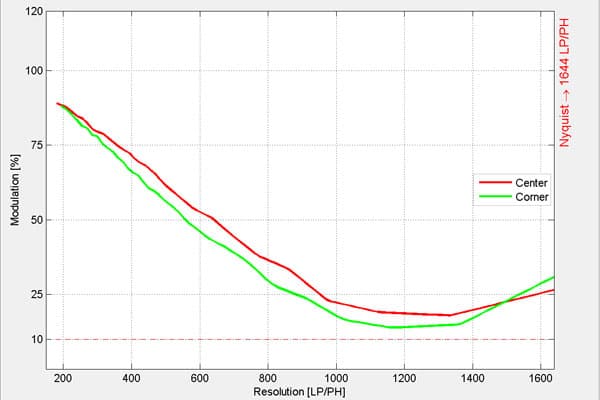
Fujifilm Fujinon XF 16mm f/1.4 R WR MTF at f/16
Shading
Vignetting is kept impressively low. In our Applied Imaging tests we see just over a stop of shading in the corners of the frame at f/1.4, which really isn’t much for a fast prime. Fujifilm also corrects vignetting in software, so even this won’t be visible in camera JPEGs. Stopping down to just f/2.8 eliminates shading almost completely.
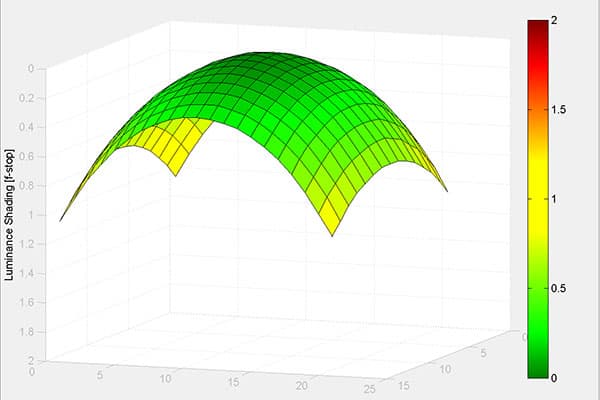
Fujifilm Fujinon XF 16mm f/1.4 R WR shading at f/1.4

Fujifilm Fujinon XF 16mm f/1.4 R WR shading at f/2.8
Curvilinear Distortion
While most CSC lenses are designed to employ a degree of software distortion correction, Fujifilm adopts a different approach. Like the 14mm f/2.8, the 16mm is highly optically corrected and displays very little distortion, even when its files are examined using a raw converter like Capture One for which all software correction can be disabled. There’s a tiny amount of barrel distortion detectable here, but it’s rarely visible in practical use.
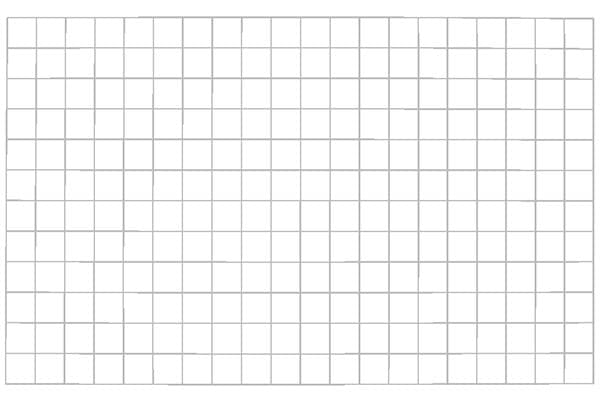
Fujifilm Fujinon XF 16mm f/1.4 R WR distortion: SMIA TV = -0.4%
Fujinon XF 16mm f/1.4 R WR Review: Conclusion
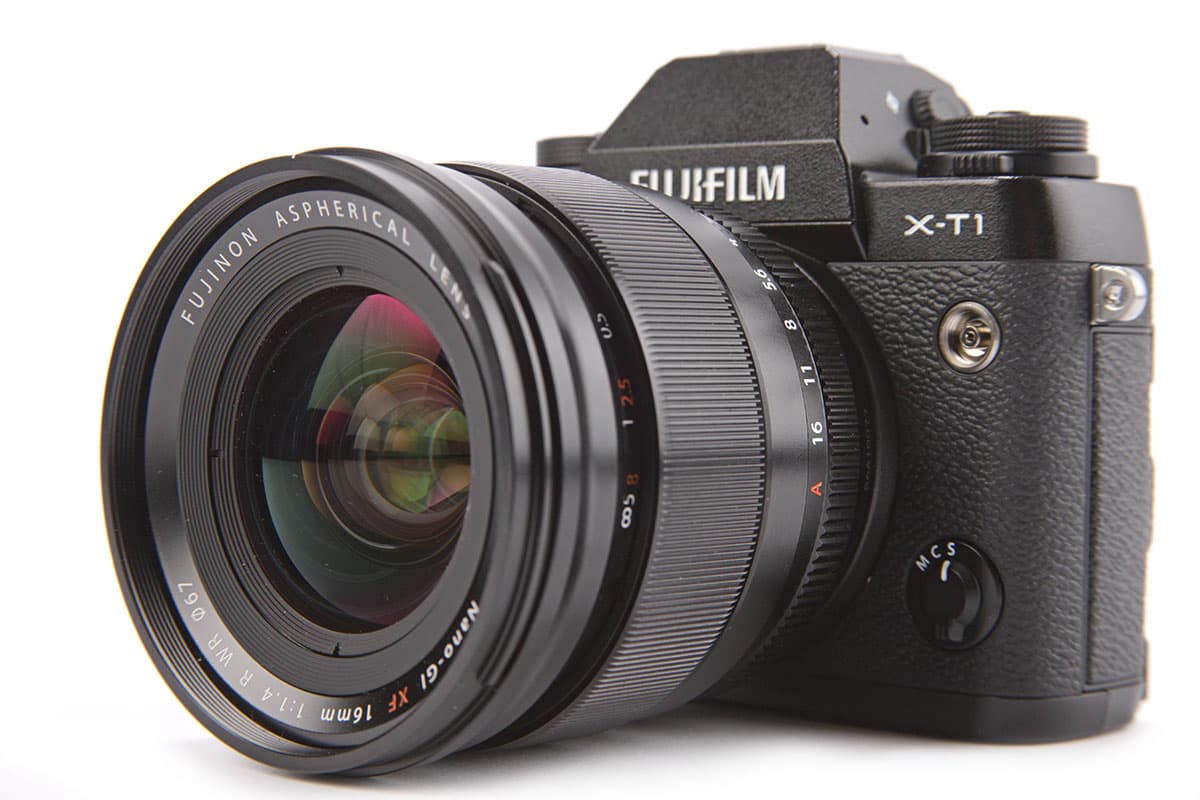
The Fujinon XF 16mm f/1.4R W is weather sealed to match the X-T1
Fujifilm’s X system cameras have been gaining a lot of plaudits over the past couple of years for their combination of excellent image quality and photographer-friendly handling.
However, there’s little point in having stellar cameras without a lens line to support them. Fujifilm seems to understand this better than most other manufacturers, with the result that its Fujinon lens range is arguably the most impressive of all those currently available for compact system cameras. The XF16mm f/1.4 R WR only serves to reinforce this.
Indeed, this is one of those rare lenses with which it’s really quite difficult to find fault. Optically it’s excellent, autofocus is fast, quiet and accurate, and build quality is superb, with weatherproofing a very welcome addition. It’s not a particularly small lens, but still a perfectly reasonable size given its specification.
With nothing else quite like it on the market, it’s yet another compelling reason for serious photographers to consider the X system.


